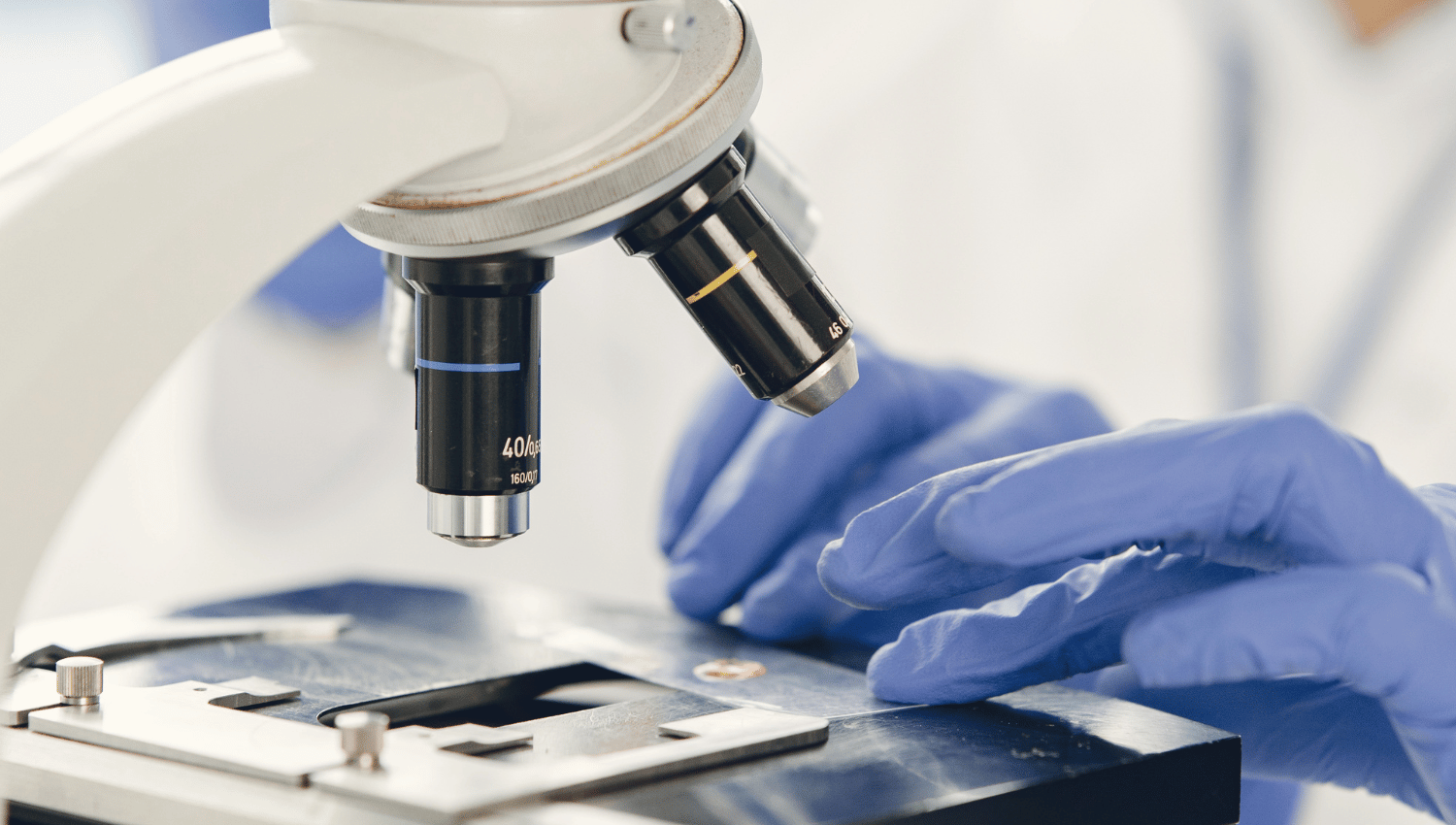Tissue Microarrays (TMAs): Applications in Tumour Biology
Tissue Microarrays (TMAs) have transformed cancer research, offering an innovative platform to investigate molecular alterations, tumour progression, and clinical outcomes. Suitable for virtually all tissue types, TMAs provide unmatched efficiency and scalability, making them vital tools for researchers studying tumour biology.
This blog explores the various applications of TMAs, with examples demonstrating their utility in cancer and other research areas.
Why Tissue Microarrays Are Revolutionary
TMAs are paraffin blocks containing multiple tissue samples arranged in a grid-like pattern. With a single TMA, researchers can analyse hundreds of tissue samples under identical experimental conditions. One of the greatest advantages of TMAs is their reusability—once clinical and pathological data have been collected, the same TMA can be utilised for numerous studies across different research areas, including inflammatory, cardiovascular, and neurological diseases.
Types of TMAs in Cancer Research
1. Multi-tumour TMAs
Multi-tumour TMAs contain tissue samples from various tumour types. These arrays are used to identify molecular alterations across different cancers and understand how these changes vary among tumour types.
2. Progression TMAs
Progression TMAs are designed to study molecular changes at different stages of a specific tumour type. They are especially valuable for examining how tumours evolve over time or in response to treatment.
Case Study: Prostate Cancer
An ideal prostate cancer progression TMA might include:
- Normal prostate tissue or benign prostatic hyperplasia (BPH)
- Prostatic intraepithelial neoplasia (PIN)
- Incidental carcinomas (stage pT1)
- Advanced carcinomas with extraprostatic growth (pT3-4)
- Metastases and recurrences post-treatment
This approach provides critical insights into tumour heterogeneity and progression.
Breast Cancer Example
A TMA constructed for breast cancer progression should include node-positive and node-negative samples, Ductal carcinoma in-situ (DCIS), invasive carcinomas and their corresponding metastases. This progression TMA can reveal the relationship between cancer stages and HER2 expression patterns, advancing our understanding of tumour progression.
3. Matched Pair TMAs
Matched pair TMA is specifically designed to compare individual samples with their corresponding counterparts, which may include normal, adjacent normal, or metastatic tissue. This enables the direct comparison of cancerous and healthy tissues, aiding in the study of metastasis mechanisms. Each TMA can accommodate up to 50 matched pairs, allowing researchers to analyse samples side by side efficiently.
Applications of TMA Beyond Cancer Research
Although primarily used in oncology, TMAs have potential in other research fields. For instance, TMAs can be employed to study:
- Inflammatory Diseases: Understanding tissue-level molecular changes in chronic inflammation.
- Neurological Disorders: Examining protein expression in neurodegenerative diseases such as Alzheimer’s disease
- Cardiovascular Diseases: Analyzing molecular markers with heart or vascular disease.
Additionally, TMAs can be used for experimental models, such as xenografts and cell lines, or to organise and digitise tissue repositories for large-scale research initiatives.
Advantages of TMAs
- High Throughput: TMAs enable the analysis of hundreds of samples simultaneously, saving time and resources.
- Reusability: TMAs can be repurposed for various studies, maximizing their value.
- Standardization: Uniform experimental conditions ensure reliable and reproducible results.
- Scalability: Large sample cohorts can be analysed, offering statistically significant insights.
Challenges and Limitations
Despite their benefits, TMAs are not without challenges:
- Sampling Bias: Small tissue cores may not capture the full heterogeneity of the tumour.
- Material Constraints: Limited core sizes can restrict the number of analyses.
- Technical Variability: Differences in staining and processing can impact results.
These limitations underscore the importance of careful design and complementary techniques.
Future Directions in TMA Research
The future of Tissue Microarrays (TMAs) looks promising, with advancements poised to make this technology more accessible and efficient. As TMAs become increasingly available, researchers will have the opportunity to integrate TMAs from various sources into a single study, significantly expanding the scope and scale of their analyses. This approach is particularly beneficial for maximizing the number of tumour samples included in research, leading to more robust and comprehensive findings.
Automation in TMA Construction
One of the most exciting developments on the horizon is the automation of TMA construction. While automated devices may not drastically speed up the production process, they are expected to enhance the precision and consistency of TMA creation. Automated systems will improve the quality of arrays and increase the throughput for generating large quantities of identical TMAs. This will facilitate the standardization of TMA production and ensure better availability for the research community.
Data Generation and Automated Analysis
As TMAs become more widely accessible, the volume of data generated from these arrays will grow exponentially. The TMA platform inherently supports automated analyses by addressing one of the biggest challenges in automated slide interpretation: selecting representative areas for analysis. This critical step is already accomplished during the initial array construction, paving the way for seamless integration with automated staining and imaging systems.
Efforts to develop automated solutions for reading and interpreting TMA staining are currently underway. These advancements will further streamline data acquisition and analysis, enabling researchers to handle and interpret vast datasets more efficiently.
Expanding Research Applications
The increased availability and automation of TMAs will unlock new research possibilities, including:
- Collaborative Studies: Incorporating TMAs from diverse sources into large-scale, multi-institutional studies.
- High-Throughput Screening: Utilizing TMAs for rapid, large-scale biomarker discovery and validation.
- AI Integration: Leveraging artificial intelligence to analyse TMA-generated data, identify patterns, and derive actionable insights.
In the coming years, the combination of automation, expanded access, and advanced analytical tools will position TMAs as an indispensable resource in cancer research and beyond, driving innovation and improving outcomes for patients worldwide.
Conclusion
Tissue Microarrays are a cornerstone of modern cancer research, enabling groundbreaking discoveries in tumour biology. Whether studying biomarkers, tumour progression, or prognostic factors, TMAs offer unparalleled efficiency and versatility. As technology continues to advance, TMAs will play an increasingly central role in understanding cancer and improving patient outcomes.
If you are a cancer researcher or company looking for high-quality cancer tissue microarray, reach out to us. MYmAb Biologics provides various cancer tissue microarrays of Southeast Asian samples that are all IRB-approved and fully consented to. For more information about our human tissue microarray, visit our product page or talk to our team.


